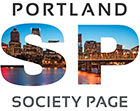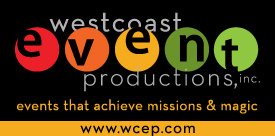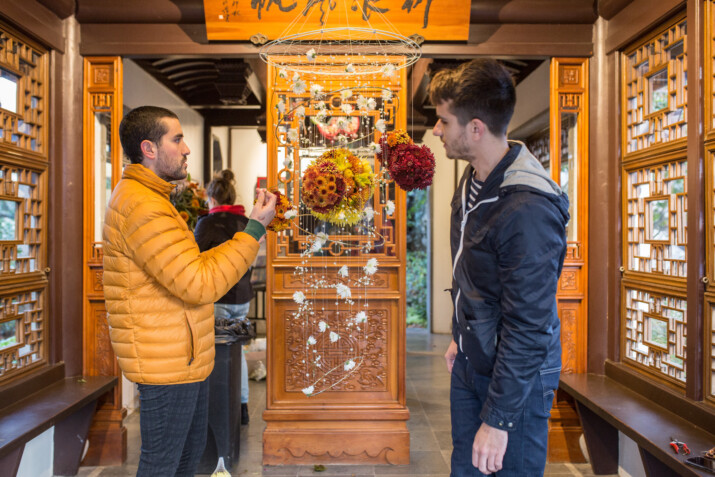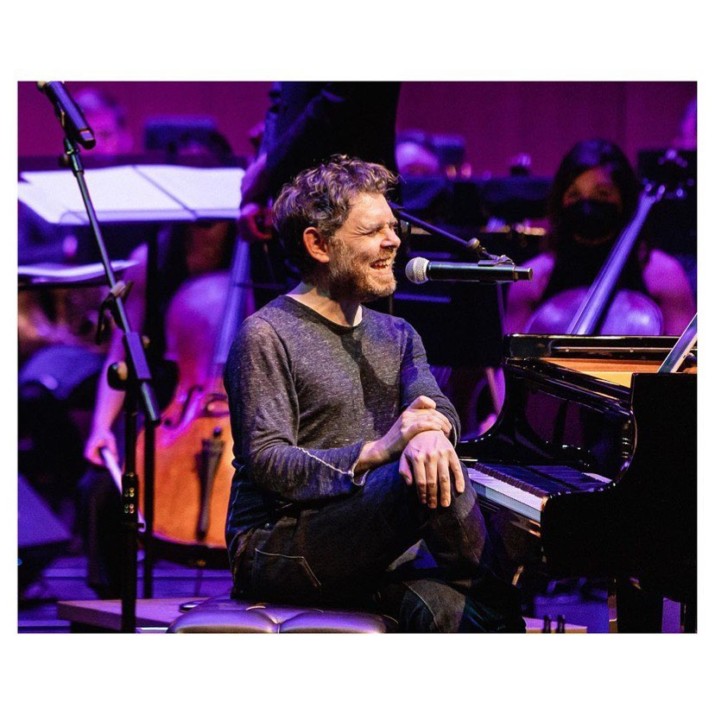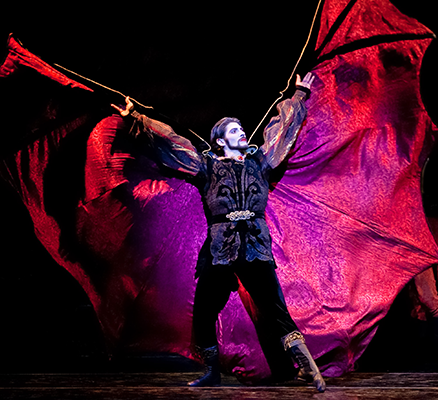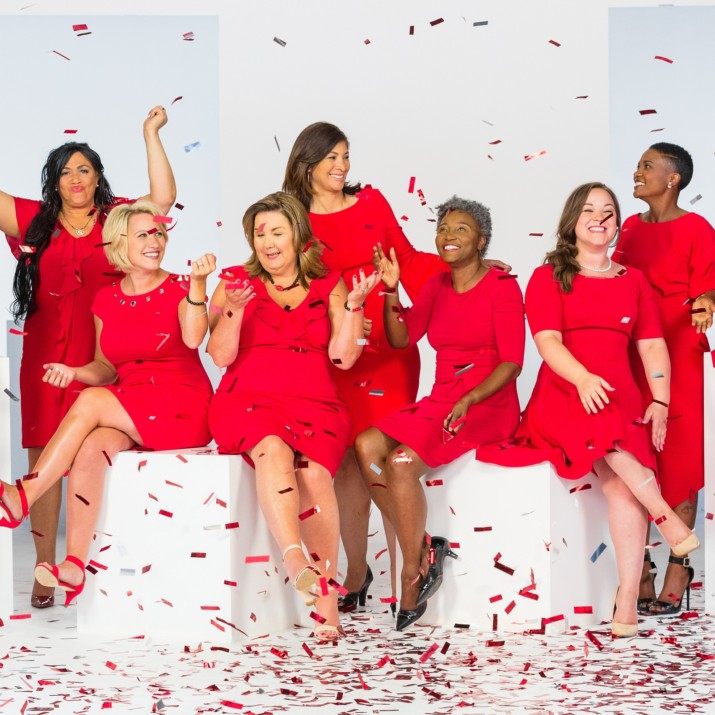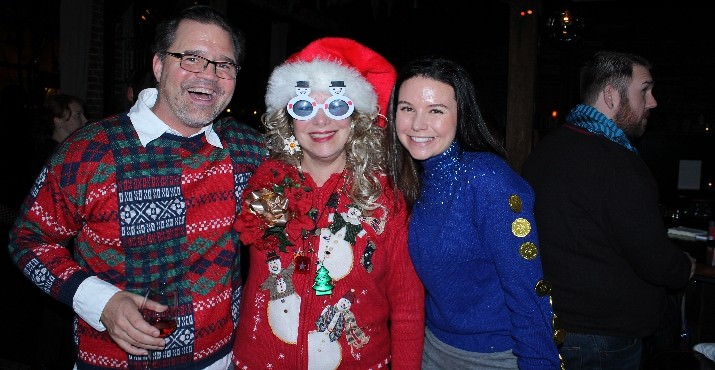
“I Have a Dream” Oregon’s Hideous Holiday Sweater Party a Kick
Portland, December 14th, 2013. More than 75 party-goers donned their most hideous sweaters for a fun party benefiting “I Have a Dream” Oregon. They raised hundreds for “Dreamers” in donations for the nonprofit at the “Dig A Pony” bar. Mark Langseth, President & CEO, is pictured with Dana Robinson, Hideous Sweater Contest Winner & Katie Jacobson. Shwood sunglasses were given to the “Best” (worst) holiday sweater and “Christmas Vacation” was screened at the bar.
The event raised awareness for “I Have a Dream” Oregon’s programming for low-income students throughout the Portland area. It also served as a celebratory event for staff and friends of “I Have a Dream,” who wore their best “hideous” sweaters to the event The organization is one of 129 non-profit organization’s selected by Willamette Week as a Give!Guide charity this year.

Kari Morin, Vanessa Brooks, Ryland Brooks, Mark Langseth, Kendall Murphy, Tiffiny Hager, Sophie Banner, Katie Jacobson
From I Have a Dream:
OUR MISSION:To help low-income students succeed in school, college and career.
OUR VISION: Consistent with Oregon’s 2025 aspirational goals for workforce preparation, our vision is that 100% of Oregon students complete high school and that 80% of Oregon students complete some form of post-secondary education.
Ultimately, through post-secondary completion, we want to break the cycle of poverty and change the game at a systemic level for children and families in low-income communities.
Our core theory of change is that communities must take primary responsibility for decreasing low-income student and family barriers, so that educators can focus on teacher effectiveness and classroom outcomes. Leveraging and aligning excisting community resources in highly strategic, comprehensive partnerships with low-income schools is an efficient, cost-effective and replicable approach. An investment in what we refer to as “strategic partnership leadership” is all it takes to move the student success needle.
